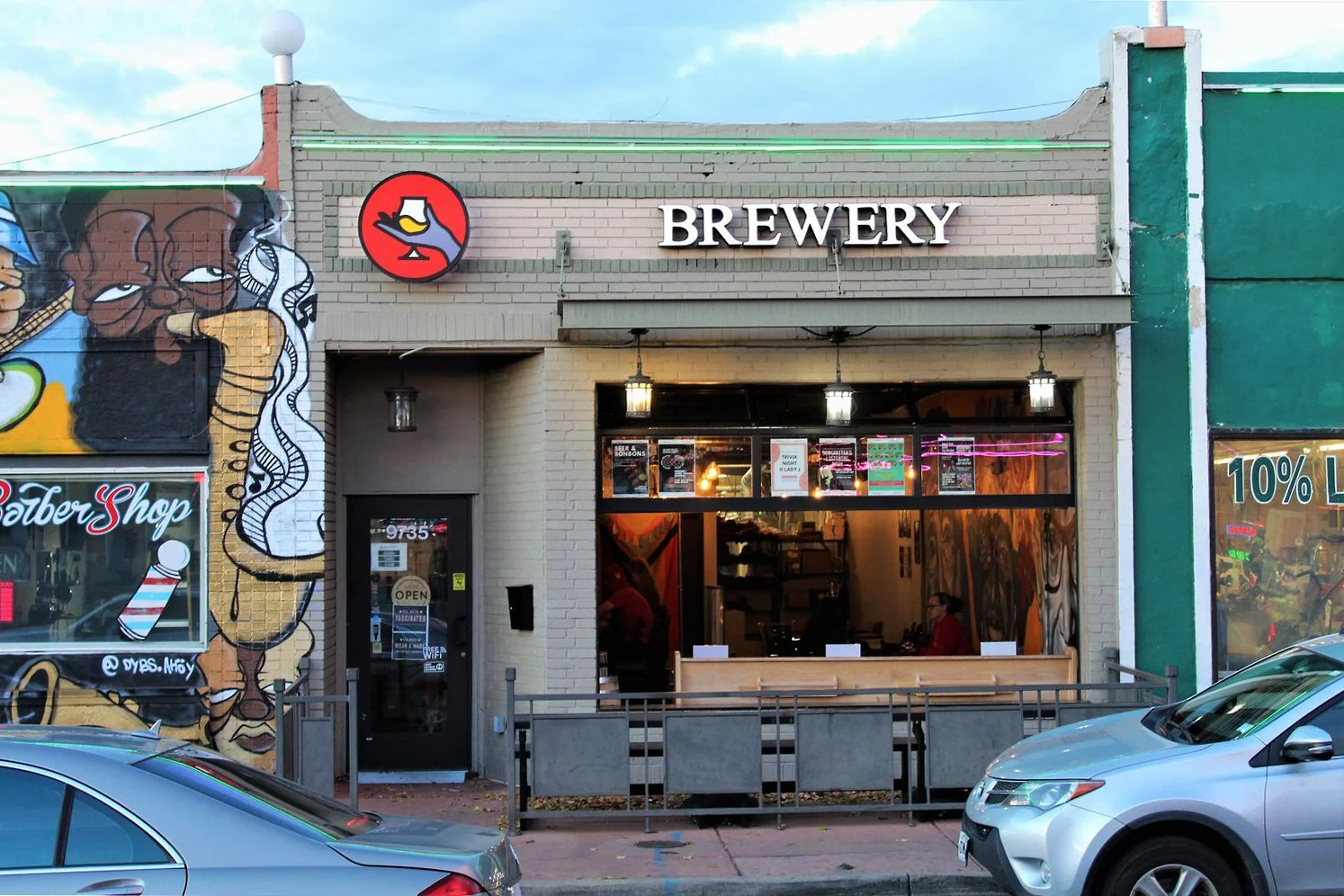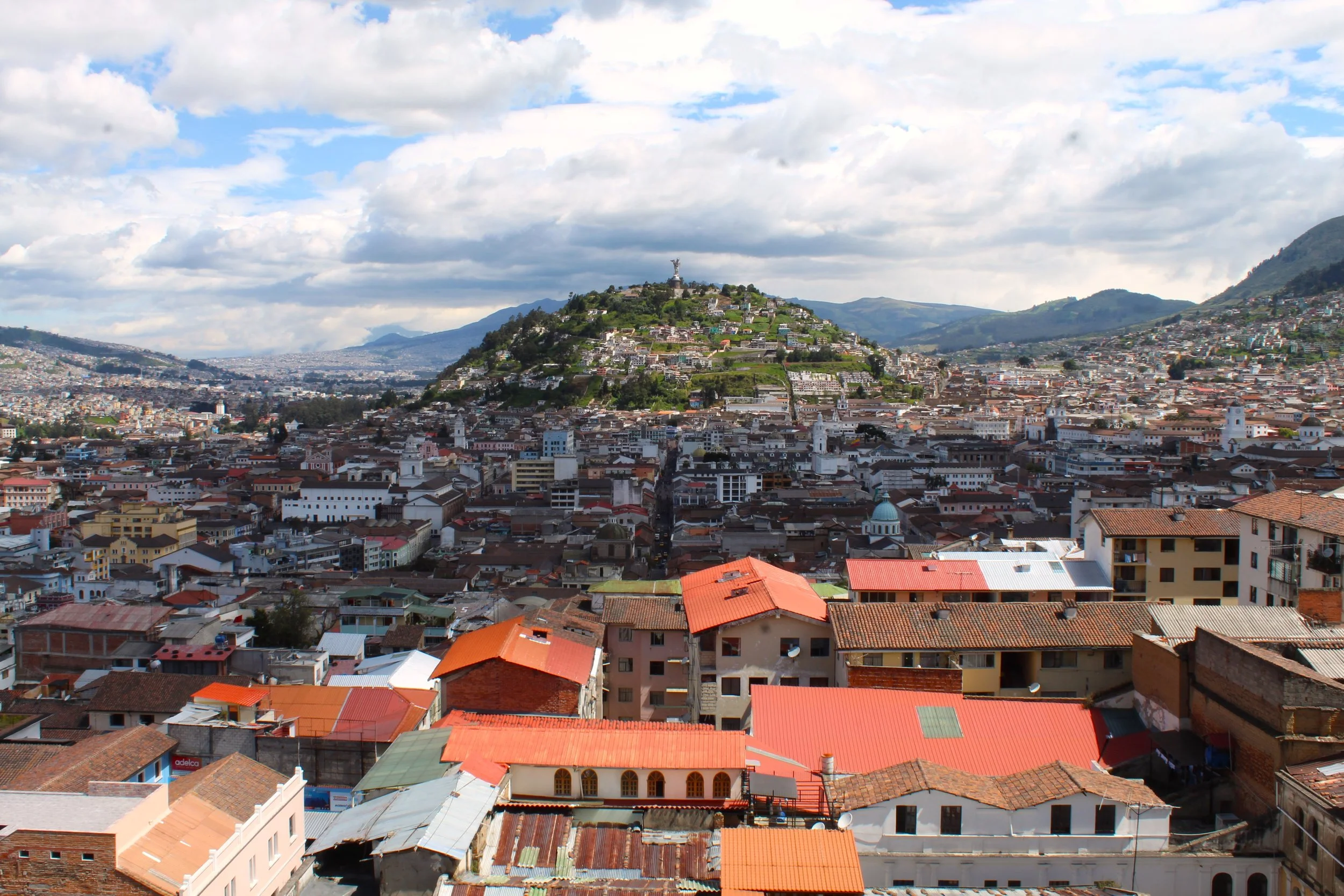Beer in the Land of Ice and Fire — Finding Comfort Amid a Storm in Reykjavik, Iceland
Reykjavik, Iceland, sits on a mounded spit of land reaching out into Faxa Bay in the North Atlantic, a couple of thousand miles north of where the Titanic dove for the bottom a century ago. The city’s low buildings and irregular streets tumble down toward the foot of the water, crouched against the wind and watched over by Mt. Esja, seven miles to the north across the bay.
The world’s northernmost capital is no place of easy comforts. The entire city hunkers against the cold wind like barnacles clinging to the tugboats that dot the city’s harbour. My wife and I were there one November to explore its beer scene, and we’d weathered the chill and the rain and snow all week. We’re Midwesterners; it’s our life half of the year, and easy comforts aren’t something we expect. Still, when we travelled to this city on the water, the first winter storm of the season caught us by surprise.
Reykjavik’s streets curl up from the water on all sides, and the wind and wet weave their way up these narrow urban tunnels like anadromous fish, and pedestrians are just rocks in the stream. On the morning of our last day, a fierce winter blow wandered in on a sea witch’s whisper in the predawn light and howled against the city all through the day and into the evening. It felt like the wind had picked up the sea with it and flung it against the city.
It was no day for the leaky Converse trainers we’d been wearing all week. It’s a testament to our priorities in life that we’ll fly around the world to try exotic beers but do so in shoes that have open holes in the soles. We pack light even in winter, relying on layers rather than heavy coats, and we’ve gotten used to the pitying looks of locals in foreign cities as we hunch against the cold in thin hoodies. We grew up near the Great Lakes—we’re happiest when we’re damp and shivering, as long as there’s good beer nearby.
““Outside, the witch of the North Atlantic howled down the streets, cracking tree limbs that would litter the streets the next morning.””
We plan many of our international trips for the hinge season of mid-autumn, a tilt felt most keenly at this city’s latitude. We witnessed Reykjavik during the thin stretch of the year when they experience days as the rest of us do when the sun sets and then rises and sets again. We walked these streets as they passed from months of endless light to months of endless darkness. You could feel dusk encroach on the city from both sides of the clock, gradually claiming more and more.
Reykjavik’s cafes and bars were islands of light and warmth in a city awash in its own atmospheric fury. The beer bars of Reykjavik—Skuli Craft Bar, Micro Bar, Mikkeller & Friends (now closed), and others—are cosy in a way that seems to intentionally compensate for the bleak pragmatism of the city’s exteriors. A warm, steamy window appears in the dark of a dripping side street. You open a door, and the idea of warmth enters you before the temperature itself does. The ceiling is low, as is the lighting, and the volume. The bars are different, each, but united in their ensconced insistence on hedonistic comfort. And then there’s the beer.
***
Down a side street just off a hip artery running through one of the city’s nightlife districts lies Kaldi. The bar’s low lighting glowed through the steamed-up windows as we slogged through the stinging rain and snow, and we took a small table by the window with tall tulips of Ægir Brugghús Ljóska Belgian Blond Ale in hand. It’s a lovely beer with expressive but refined Belgian yeast character, soft pale malt, and a kiss of warming alcohol at 8.7%. The rain lashed the window just inches from our faces, but at long last, we were warm.
Illustrations by Tida Bradshaw
We warmed further as we tasted through the bar’s offerings from Borg Brugghus. Giljagaur Nr. 14 Barley Wine is bracing at 10% ABV, with a more English tilt to its hopping rate than the American influence evident in many other beers here.
Iceland suffered under an extended prohibition against standard strength beer until 1989. I’m sure that sucked for them but, from an academic standpoint, it yielded an interesting modern outcome. Imagine a beer scene with nothing to fight against, one unshaped by the mass homogenisation of twentieth-century conglomerates or tax laws from a century ago or a brewing code from half a millennia ago. A zythological tabula rasa. That’s Iceland.
Of course, nothing exists completely in isolation, and beer here certainly shows its chosen influences, with American craft and Belgian tradition weighing heavily. Beers made with sheep dung and whale testicles have garnered some clickbait headlines over the years, but walk into most of Reykjavik’s beer bars or taprooms and you’ll find a surprising number of stouts, saisons, sessions sours, and IPAs.
““The next morning, the storm was nearly forgotten in the dawn light.””
A little part of me dies when I find tap list in a foreign city with a significant number of American-influenced IPAs, even if I understand why it’s happening. After decades of American craft beer absorbing Europe’s beer traditions, the wave is washing back across the Atlantic. The best IPAs I found in Reykjavik were excellent. Still, I can get world-class IPAs in my small town in Ohio, so I mostly steered toward the beers showing a more continental influence.
***
“Just so you know, that beer is 3200 Króna [around $26 or £20].”
We had moved up to the bar at Kaldi, and the low-hanging bulbs made the copper bar top and our bartender’s shaved head shine in the dim light. I had just ordered the Borg Garún Icelandic Stout Nr. 19, an 11.5% behemoth. If you haven’t heard, beer and food are pretty expensive Iceland. Pints of basic craft styles were $12-$15 (£9-£12) everywhere, and the higher in alcohol pours were $20-$30 (£15-£23).
“I didn’t fly all the way to Iceland to worry about the price of beer,” I told him.
He smiled as he pulled me a tulip pint and placed the glass of black beer onto the gleaming bar top in front of me.
“That’s the spirit,” he responded.
Outside, the witch of the North Atlantic howled down the streets, cracking tree limbs that would litter the streets the next morning. These bracing sips were worth every penny.
At the end of the night, we stepped back out into the maelstrom. It was difficult to remember what dry feet even felt like, but we were past caring. We held each other close and found our way home through the city’s twisting streets, the wind still raging, though the rain had slowed. Porch lights glowed in the darkness, and the city’s architecture, so austere and pragmatic in the light, took on the severe beauty of the coastline, staccato silhouettes glistening in the damp.
We were euphoric from some alchemy of sleep deprivation, alcohol, and the singular elation of being in a foreign place. This peninsula of water and concrete and black beaches of volcanic sand reaching into the distance like photographic negatives of a Caribbean paradise was its own intoxication.
The next morning, the storm was nearly forgotten in the dawn light. The sea was calm and the rain and wind had moved on. Some downed tree branches were all that remained of the previous day’s ferocity. Everything was quiet again in the harbour at the foot of a mountain in this city by the sea.
















